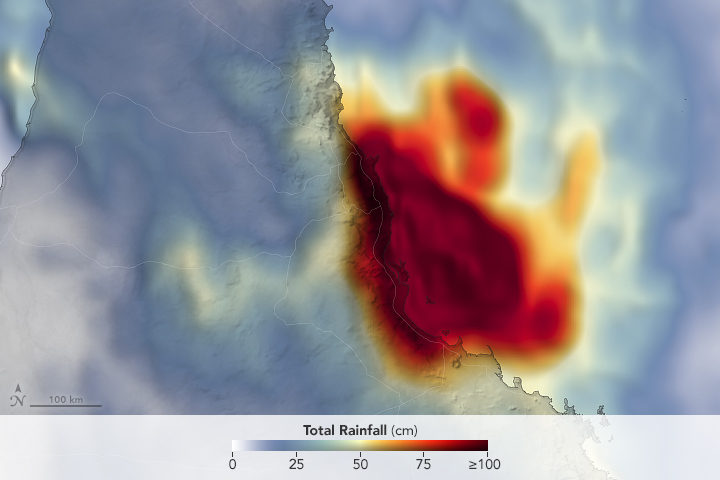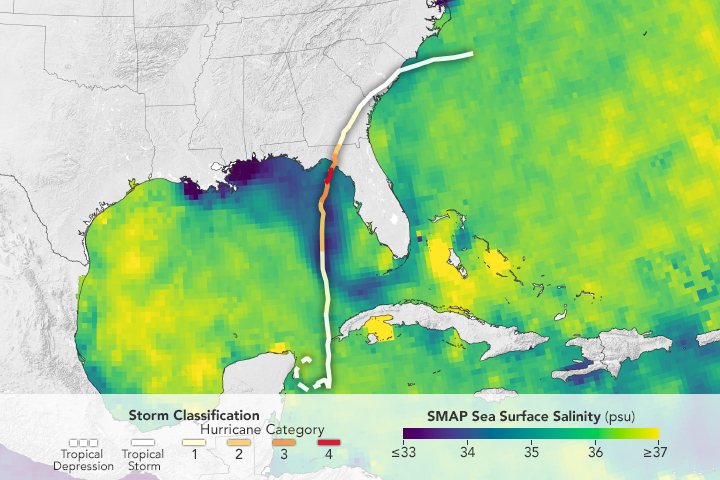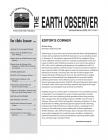



Recent Imagery
You will be directed to the NASA Visible Earth webpage when you select Images by Mission below, or click on the images at right that are randomly generated to represent four out of all possible topics.
The Earth Observer has a new look! Visit the NEW Earth Observer website.
The Earth Observer: Jan - Feb, 2002
In This Issue
Click title below to view page
- Editor's CornerFront Cover
- Science Team Meetings
- Minutes from the MODIS Science Team Meeting3
- Minutes from the CERES Science Team Meeting9
- Minutes from the Meeting of the Federation of Earth Science Information Partners14
- Other Articles
- KUDOS: AGU Announces Fellows2
- Earth Science Enterprise at the Olympics16
- NASA Study Links El Niño and Southern Ocean Changes17
- Satellites vs Mosquitoes: Tracking West Nile Virus in the United States18
- Regular Features
- EOS Scientists in the News19
- Earth Science Education Program Update21
- Science Calendars23
- The Earth Observer Information/InquiriesBack cover
Editor's Corner
Michael King, EOS Senior Project Scientist
Following up on my previous announcement that the Meteor 3M Stratospheric Aerosol and Gas Experiment (SAGE III) instrument was successfully launched on December 10, I'm pleased to report that SAGE III has completed all postlaunch calibration exercises, and is now routinely acquiring both sunrise and sunset occultation data. Preliminary analysis of Lunar Level 2 data products (NO2, NO3, and O3) indicates good agreement with profiles from LaRC's 2- dimensional atmospheric chemistry model. Overall, the instrument is performing as expected, albeit with high signal-to-noise ratio measurements. Additional refinement of the data is necessary due to the lack of GPS navigation data onboard the Meteor 3M Spacecraft. However, the SAGE III team is seeking support from the International Laser Ranging Service to provide satellite positioning information with sufficient accuracy to meet the instrument's retrieval processing requirements. SAGE III will extend important observations of aerosols, ozone, water vapor, and other important trace gases in the upper troposphere and stratosphere made by SAGE and SAGE II.
Similarly, the joint U.S./French Jason-1 mission that was successfully launched on December 7 has completed four cycles of mission operations and data collection, and is now producing its first operational science data products. Team managers from the French Space Agency's Satellite Control Center in Toulouse, France, and NASA’s Jet Propulsion Laboratory, Pasadena, CA, have declared Jason’s satellite, payload and...
Read more...

